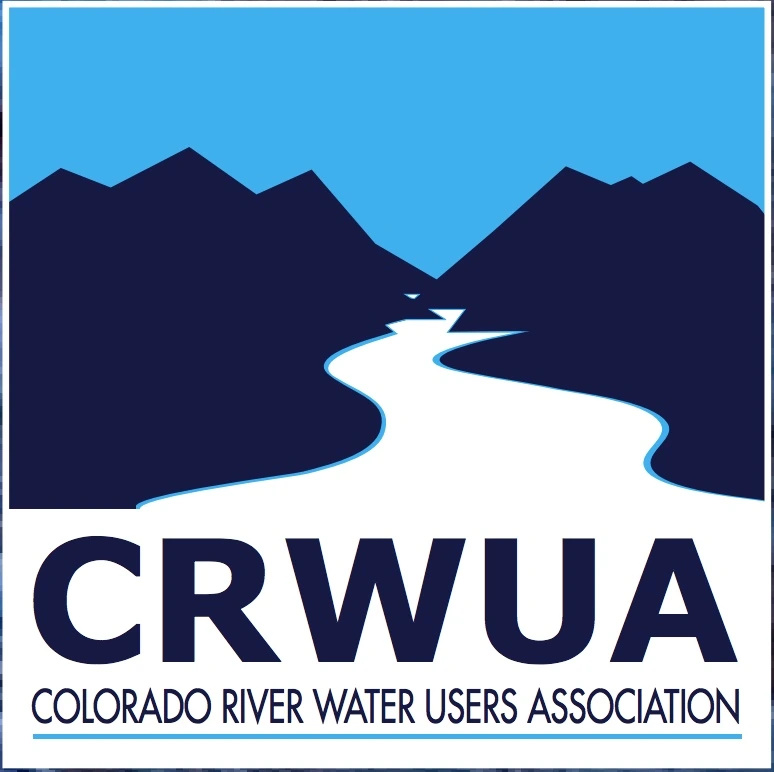Public Policy Review

The Colorado River Water Users Association (CRWUA) Annual Conference, held December 11-13, 2013, had “Colorado River—Committed Collaboration” as its theme. Each year water users and officials from throughout the Colorado River Basin convene in Las Vegas to discuss the current status of Colorado River management and policy. An integral component of the conference is the state caucus breakfasts held prior to the Thursday plenary sessions. Almost 200 people participated in the Arizona breakfast, where a new 15-minute movie about Arizona water accomplishments was shown and updates on some key water matters were provided.
A very interesting document, entitled “Arizona Key Messages for CRWUA,” was shared at the breakfast. This unsigned and undated document reflects the messages that Arizona’s water leadership would like shared both within and without our state’s boundaries. The following nine points are reproduced for your consideration.
- Arizona, along with the other six Colorado River Basin States, may be facing short-term water supply shortages and long-term future water supply and demand imbalances. Arizona has prepared for these realities for decades and has demonstrated leadership in water management for over a century. With more than 125 years of experience in adapting to one of the most arid climates in the US and due to our junior priority status on the Colorado River, Arizona has been proactively building resilience and implementing innovative water management strategies to secure dependable water supplies for our future.
- Arizona leads the nation with rigorous water conservation and sustainability laws that protect Arizona water users and reduce reliance on the use of unsustainable groundwater supplies in the State’s most heavily populated areas. With its requirement of a 100-year renewable water supply for all new development, together with water conservation mandates for municipal, industrial and agricultural water users, through oversight of the Arizona Department of Water Resources, Arizona’s comprehensive 1980 Groundwater Management Act is known as one of the most robust water management laws in the United States.
- Since implementation of the 1980 Groundwater Management Act, agricultural water users in Central Arizona have taken significant steps to dramatically improve irrigation efficiency. In the CAP service area, agricultural water users exceed the State of Arizona’s mandatory 80% efficiency target through lining of canals, laser-leveling of fields, conversion from flood irrigation to sprinkler and drip systems, and use of automated and real-time delivery systems. These water users have invested more than $750M to improve irrigation efficiency (~$3,600/ac).
- Municipal water users have also heavily invested in the implementation of water conservation strategies resulting in part from the adoption of the 1980 Groundwater Management Act. Over 80 percent of Arizona’s population resides in active management areas with statutorily mandated water conservation requirements. In the areas served in whole or in part by the Central Arizona Project and the Salt River Project, over 90% of the population is served by cities that have implemented Best Management Practices.
- Water conservation is not limited to Central Arizona. Water providers throughout the state are statutorily mandated to adopt water conservation and drought plans and to submit those plans to the Arizona Department of Water Resources. Moreover, in the Yuma area where up to 90% of the Nation’s leafy vegetables are produced between the months of November and March, increases in irrigation efficiencies have allowed agricultural water users to increase production all while using the same amount of water that was used in 1970.
- Arizona also leads the nation in the implementation of water efficient reuse programs. More than 95% of treated wastewater generated within Central Arizona (including areas served by the Central Arizona Project and the Salt River Project) serve beneficial uses including agriculture, municipal, groundwater recharge, power generation, industrial, and turf irrigation. Additionally these water supplies support ecologically vital wetland restoration that benefits our unique southwestern flora and fauna, as well as helping to achieve the State of Arizona’s water management goal of Safe-Yield for the Phoenix and Tucson Groundwater Basins.
- Arizona’s engagement in collaborative long-term planning and comprehensive strategies has allowed for the underground storage of over 3.2 million acre-feet of water to provide back-up supplies to Arizona’s municipal, industrial, and Native American water users in times of shortages on the Colorado River. Arizonans have invested more than $250 million to build facilities and to deliver and store water underground through the Arizona Water Banking Authority for use in the CAP and Mohave County Water Authority service areas. Equally significant investments in underground water storage have also been made by water providers and private entities to store additional water supplies underground to reduce their vulnerability to shortages. However, a shortage in the near-term on the Colorado River ... will directly curtail the water supply available to Central Arizona Project agricultural water users.
- Arizonans are committed to collaborating with the Basin States, Mexico and Federal partners to implement proactive measures to reduce the near-term risks caused by the drought as well as address water supply deficits and long-term imbalances between supply and demands in the Colorado River system.
- No single action or project will address the imbalances. Arizona’s water management leaders are committed to continuing to be proactive in developing and enhancing conservation and reuse opportunities as well as exploring the development of new water supplies through augmentation and desalination. New infrastructure, bold investments, and collaboration are essential for Arizona to continue to secure its water supply future.
These messages point to both our accomplishments and our challenges. Arizona must address its water challenges so that 50 or more years from now, a list of accomplishments—not failures—can be circulated to future CRWUA attendees.
As we prepare for our April 8, 2014 conference on Closing the Gap Between Water Supply and Demand, I am interested in hearing your reactions to these talking points. Please take a few minutes and email your thoughts to me at smegdal@email.arizona.edu.

